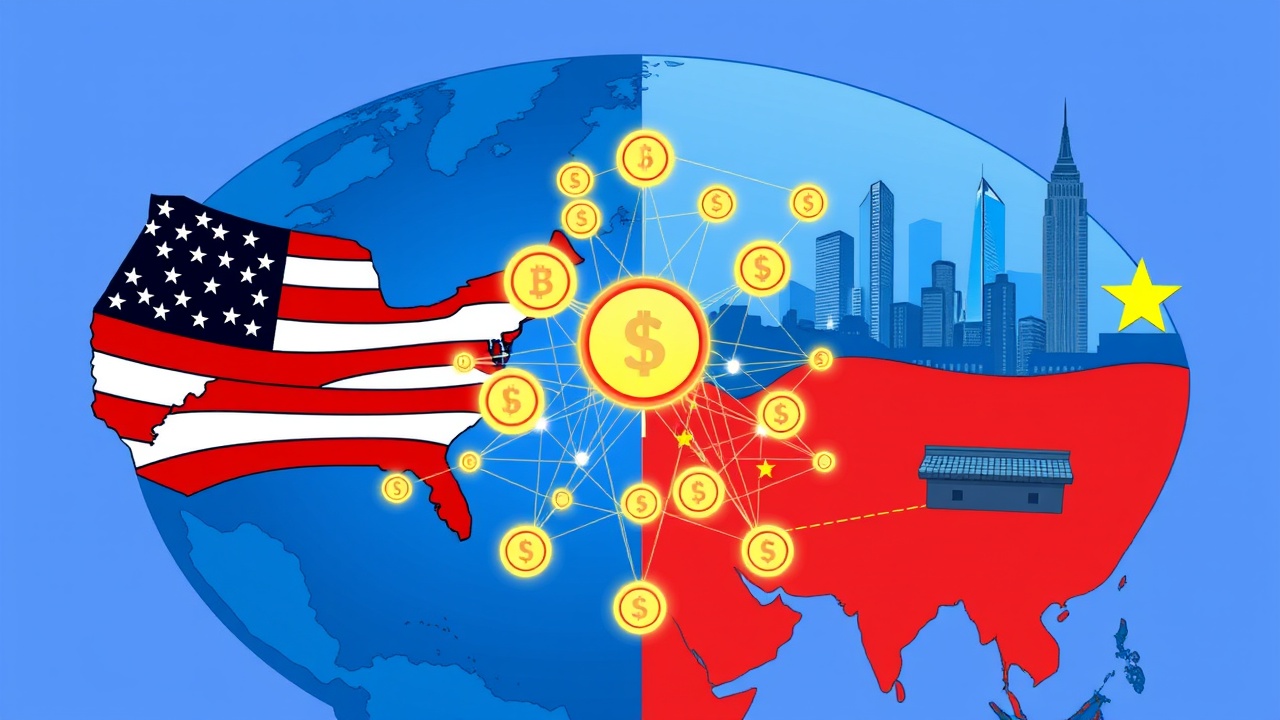The Rise of Stablecoins
In a significant move that rattled the financial landscape, Tether launched the first-ever stablecoin, USDT, back in 2014—during a time when cryptocurrencies were largely experimental. Fast forward to June 2025, and major players JD.com and Ant Group have stirred the market with their applications for stablecoin licenses in Hong Kong. This development is not merely a passing trend; stablecoins have emerged as a vital component in the realm of Real World Assets (RWA), particularly for cross-border transactions, enhancing asset liquidity, and streamlining enterprise payments.
Key Business Needs Surrounding Stablecoins
As the market continues to evolve, businesses have begun to articulate three primary needs surrounding stablecoins:
- Enhancing Cross-Border Payments: Through blockchain technology, transactions can now be completed within seconds, slashing costs by over 70% compared to the traditional SWIFT method, which typically requires 2-3 days.
- Improving Asset Liquidity: Enterprises can effectively manage their chain funds by assembling and disassembling them in real-time, addressing issues related to mismatched account periods.
- Facilitating Compliance in Digital Asset Management: Stablecoins that are pegged to fiat currency serve as a crucial “compliance passport” for businesses seeking to navigate the Web3 landscape.
Strategic Positioning of Technology Leaders
It is important to acknowledge that while many enterprises still grapple with the potential of stablecoins, technology leaders like Ant Group are already strategically positioning themselves for future developments. Their approach aligns with the evolving regulatory environment, notably reflected in Hong Kong’s forthcoming stablecoin regulatory framework. The interplay of policy, technology, and ecosystem is instrumental as these giants look to stabilize their foothold in the global financial arena.
Ant International, for example, harnesses stablecoins to complement its robust service offerings, including Alipay+ (for cross-border payments), Wanlihui (cross-border finance for SMEs), and Antong (merchant acquiring). In 2024, Ant International processed over $1 trillion, with $300 billion market flows already engaging blockchain; transitioning merely half of this amount to its own stablecoin could potentially create an additional $150 billion in transaction volume, positioning it as a formidable force in the cross-border payment sphere.
The Future of Stablecoins and SMEs
Nevertheless, stablecoins represent just the beginning in the broader RWA narrative. By exploring Ant’s technological framework, one can infer that these developments bear significant importance for businesses aiming for compliance-oriented growth. The transition to a blockchain era enables immediate trusted transactions, where enterprises can manage intricate processes like bulk energy transactions and supply chain finance seamlessly, with stablecoins serving as essential lubrication for these operations.
As big players like Ant, JD.com, and even Amazon carve out their roles, one might wonder if opportunities remain for small and medium-sized enterprises (SMEs). The answer is a resounding yes, contingent on their ability to leverage diverse asset scenarios and overcome major challenges.
Professional institutions can act as catalysts for SMEs by offering holistic support—including guidance on compliance pathways from Hong Kong to Singapore, lightweight development via open-source tools like DTVM, and tokenization services linked to custodial banks. Such comprehensive frameworks can help create synergies in cross-border e-commerce, leading to solutions encompassing licensing, technology, funding, and market access.
Conclusion
The implementation of the Hong Kong Stablecoin Ordinance in August will herald a new era of licensed activity, presenting a fresh wave of competition for Chinese businesses. For SMEs willing to equip themselves with knowledge resources and forge partnerships, there exists a promising avenue to capitalize on opportunities in cross-border commerce and specific industry finance. Ultimately, the digital economy’s future is not solely for the giants; the landscape is shaping up to be inclusive for all who dare to engage.




